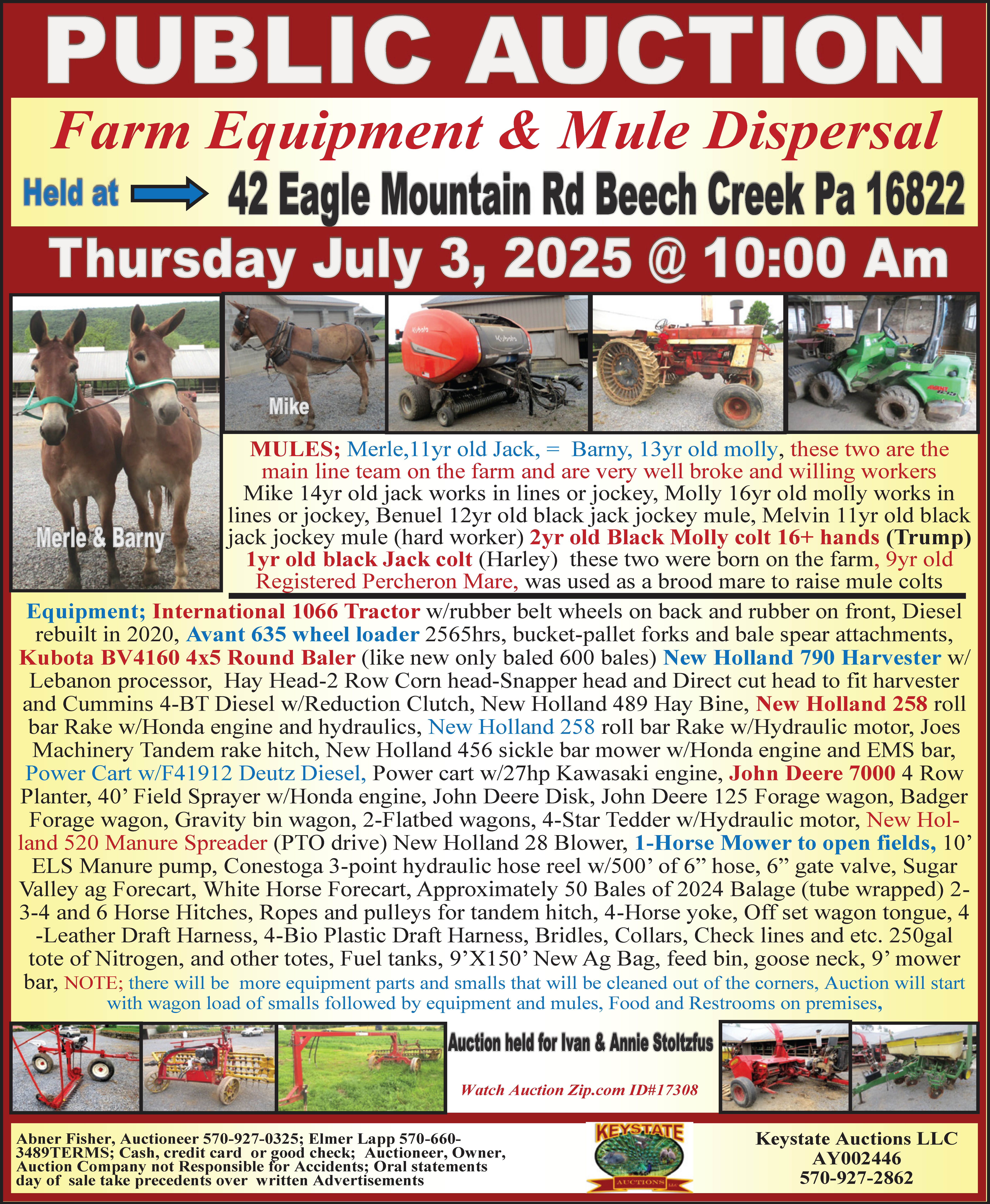Well, it appears that spring has finally sprung! With the warmer temperatures and intermittent rains, we should turn our attention to habitat work that will benefit all forms of wildlife.
First things first. Probably the most important key to success in creating viable food plots is the gathering and analysis of soil samples. In a food plot that covers about one acre, you should obtain about 8 samples from various spots throughout the plot. Dig about a cup of soil from the top 4 inches of the surface, then mix all of the samples together, screen them for unwanted stones, pebbles and debris and spread the remaining soil out to dry thoroughly. Once completely dried, bag up a cup of your sampling mix and send it off to the lab for analysis. Include information as to what you want to plant in the specific area, such as corn, soybeans, clover or some other wildlife beneficial crop. Identifying what you want to plant will aid the lab in giving you a specific recommendation for that plot and the crop you want to plant.
Once you have worked the soil and prepared the seed bed for seeding, or if you have already frost-seeding clover on the plot, you can lime and fertilize – according to the recommendation from your soil analysis. The more closely you follow the lab’s recommendations, the greater your success will be.
Lime can be applied either as powdered lime or pelletized lime. More often than not, the pelletized variety is recommended for food plots as it leeches into the soil over a longer period of time, thus providing a longer-termed benefit. In recent years, a popular alternative to lime is a product called Humistart. It is spread just as lime would be spread and is described as a soil conditioner that is proven to increase microbial activity. Humistart supplies calcium, sulfur, magnesium, and trace amounts of boron, iron and zinc. It directly stimulates soil microbes to increase the breakdown of plant stubble or manure and enhances mineralization. Humistart provides a more soluble calcium than traditional lime.
Clover should be planted as soon as possible and buckwheat will do best when planted during the first two weeks of June. It can be beneficial when planting either clover or buckwheat to seed either oats or wheat at the same time. The oats or wheat will provide some shade for the newly forming clover or buckwheat, thus acting as a nurse crop or cover crop.
For planning purposes, turnips, beets, rape and brasicas should be planted during the first two weeks of August so that they mature and become palatable for deer after the first hard frost.
As any of the crops you have planted begin to emerge, it might be enlightening to place two or three exclusion cages at random spots throughout the field. These wire cages (usually three or four feet in diameter and three of four feet tall) will show just how well the plants are doing when not being browsed on by the deer.
“What about bluebirds?” you ask. If you have not yet done so, you should clean out the current bluebird houses that you may have. Bluebirds prefer to make fresh nests each year and will sometimes avoid a box that is already full of nesting materials. If you are planning on adding more bluebird houses, do so as soon as possible as they will be showing up soon. Actually, bluebirds are one of the species that does not migrate south for the winter, but instead heads deeper into the forests for the winter months.
Now is the time to fertilize any young shrubs or trees you may have planted to add to your wildlife habitat inventory. A 10-10-10 blend is recommended and about a cupful or so should be dispersed along the drip line of the tree – that is, below the outer reaches of the branches. If you are fortunate enough to have any wild apple trees on your property, you should fertilize them as well. Carry a pair of clippers along so that you can trim out any limbs or branches that may have been damaged over the winter months.
It will be nice to finally get outside and enjoy the fresh air as you work on these various spring projects. Who knows, you might even be treated to the sound of an old Tom turkey bellowing out a gobble or two as he searches for a hen!




Leave a Comment
Your email address will not be published. Required fields are marked with *